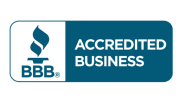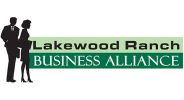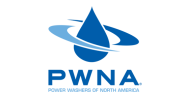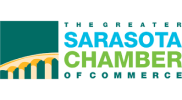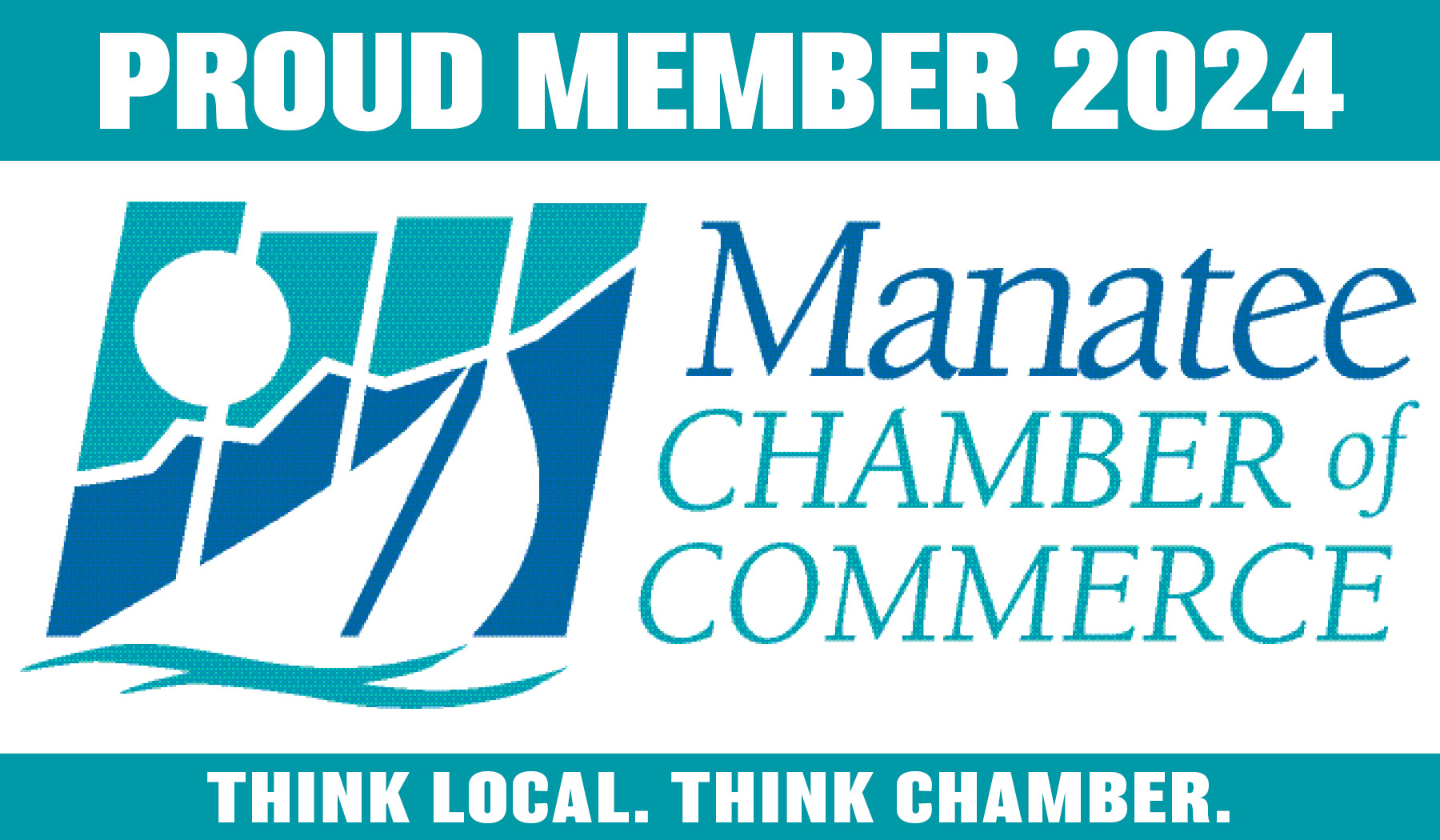GORILLA KLEEN NEWS & MORE
From the Gorilla’s Mouth

Essential Techniques for Effective Chemical Application in Pressure Washing
Are you struggling to achieve the spotless results you want in commercial pressure washing? Effective chemical application plays a crucial role in ensuring that surfaces like brick and storm drains are thoroughly cleaned. This article will cover essential techniques for selecting the right chemicals, mastering application methods, and ensuring safety while working with these products. By engaging with this content, readers will learn how to optimize chemical mixtures for the best outcomes, ultimately solving common challenges faced in pressure washing projects.
Key Takeaways
- Proper chemical application enhances cleaning results in pressure washing tasks
- Selecting the right nozzle improves the efficiency and safety of chemical delivery
- Different surfaces require specific cleaning agents to avoid damage while ensuring thorough cleaning
- Environmental considerations are crucial when choosing chemicals for pressure washing projects
- Understanding dilution ratios optimizes chemical effectiveness and protects treated surfaces
Understanding the Importance of Chemical Application Techniques in Pressure Washing
Chemical application techniques play a crucial role in commercial pressure washing, as they enhance cleaning efficacy, particularly when considering the costs of commercial pressure washing. Proper use of surfactants aids in breaking down grime and dirt, ensuring a more thorough clean. Effective application relies on balancing the volume of solution and water pressure from the machine.
Utilizing the right nozzle is essential for directing the cleaning solution efficiently. Different nozzles alter the spray pattern and impact, which can significantly influence the effectiveness of the chemical application. This precision helps prevent damage to surfaces while ensuring maximum coverage.
The addition of a brush can further improve results, especially on textured surfaces. Brushes help agitate the surfactant, loosening debris effectively. Mastering these techniques is integral to achieving spotless results during pressure washing:
- Understanding chemical interaction with various surfaces.
- Adjusting volume for optimal cleaning performance.
- Selecting appropriate nozzles for effective delivery.
- Incorporating brushes for enhanced cleaning on challenging textures.
Identifying Suitable Chemicals for Various Applications in Pressure Washing

Evaluating surface types is essential when identifying suitable chemicals for pressure washing, as different materials require specific cleaners. For instance, wood surfaces may need gentler formulas, while aggressive chemicals can be effective on construction debris. Additionally, recognizing environmental considerations ensures compliance with local policies and promotes safe practices, especially when cleaning vehicles in outdoor settings.
Evaluating Surface Types and Their Corresponding Chemicals
Evaluating surface types is vital for determining the appropriate chemicals for pressure washing, particularly for materials such as wood shingle and metal. For example, when dealing with wood surfaces, it’s crucial to select milder chemicals that won’t strip away the protective layers, while surfaces affected by algae or lead paint may require more aggressive solutions like bleach or hydroxide. Understanding these distinctions helps ensure effective cleaning without causing damage, addressing both aesthetic and safety concerns:
- Identify surface material and its specific needs.
- Select suitable chemicals, balancing effectiveness with safety.
- Consider environmental regulations when using certain cleaners.
Recognizing Environmental Considerations in Chemical Selection
Environmental considerations are paramount when selecting chemicals for pressure washing applications. Choosing biodegradable soaps and gentler sodium-based cleaners can minimize impact on surrounding landscapes, especially when performing tasks like roof cleaning or wood preservation. By prioritizing eco-friendly options, contractors can maintain effectiveness in debris removal while adhering to safety standards and local regulations.
| Surface Type | Recommended Chemical | Environmental Considerations |
|---|---|---|
| Wood | Mild Soap | Biodegradable to prevent harm to soil |
| Metal | Sodium Hydroxide | Effective but requires cautious application |
| Roof | Algae Remover with Soap | Protects tiles and limits runoff effects |
| Concrete | Powerful Bleach Solution | Adhere to local dilution and disposal laws |
Mastering Application Methods for Pressure Washing Chemicals

Implementing downstream injection techniques allows for effective chemical application, especially when using cleaners like chlorine for concrete driveways. Upstream injection methods offer an alternative, ensuring precise delivery of foam solutions where needed. Employing chemical applicator pumps enhances accuracy, promoting safe handling of chemicals while meeting sanitary sewer requirements. These methods provide practical insights for achieving optimal results in pressure washing.
Implementing Downstream Injection Techniques
Implementing downstream injection techniques is an effective method for applying cleaning solutions during pressure washing tasks, particularly when using a sprayer to apply sodium hydroxide for roof cleaning. This technique ensures that the solution is delivered precisely where it is needed, maximizing efficiency and minimizing waste. A reliable pump can facilitate the use of a stripper that prepares surfaces effectively, making it an essential tool for contractors looking to achieve the best results while working on various surfaces.
| Technique | Application | Benefits |
|---|---|---|
| Downstream Injection | Sprayer with Sodium Hydroxide | Precise targeting and reduced chemical waste |
| Pressure Washing | Using a Pump with Stripper | Enhances surface preparation and cleaning efficiency |
Utilizing Upstream Injection Methods Effectively
Utilizing upstream injection methods effectively can significantly enhance the pressure washing experience, especially when dealing with stubborn stains such as mold. By using an injector that connects to the wand, contractors can precisely administer solutions like oxalic acid, which is particularly useful for breaking down tough organic stains on surfaces. This method allows for consistent application and reduces waste, ensuring that the cleaning agents effectively penetrate the affected areas, leading to an improved overall clean and longer-lasting results.
Employing Chemical Applicator Pumps for Precision
Employing chemical applicator pumps is essential for achieving precise application during pressure washing projects. These pumps facilitate controlled dispensing of cleaning solutions, minimizing the risk of over-saturation and ensuring even coverage on surfaces affected by mildew and dust. For instance, connecting a garden hose to a chemical pump provides the flexibility to reach challenging areas while maintaining accuracy, similar to how a fire extinguisher effectively targets specific spots in a fire emergency.
| Feature | Description | Benefits |
|---|---|---|
| Controlled Dispensing | Allows for precise application of chemicals | Reduces chemical waste and environmental impact |
| Versatility | Can be used with various surfaces | Adapts to different pressure washing tasks |
| Safety | Minimizes risk of damage to surfaces | Protects property and ensures better cleaning outcomes |
Ensuring Safety and Compliance During Chemical Application

Ensuring safety and compliance during chemical application in pressure washing involves adhering to regulatory guidelines for chemical usage and implementing safety gear and protocols. Proper chemical handling safeguards both the user and the environment, particularly when cleaning patios and tiles. This section will cover the necessary regulations and highlight essential safety measures for effective spraying techniques.
Adhering to Regulatory Guidelines for Chemical Usage
Adhering to regulatory guidelines for chemical usage is essential for safe and effective pressure washing practices. For example, when using hypochlorite solutions, it’s crucial to follow local regulations to minimize corrosion and environmental impact. Proper training on applying chemicals, such as window cleaner on glass surfaces or sand for abrasive cleaning, ensures compliance and optimal results while maintaining the integrity of decks and other structures.
Implementing Safety Gear and Protocols
Implementing safety gear and protocols is vital for contractors engaged in pressure washing, especially when handling concentrated chemicals. Proper use of gloves, goggles, and respirators protects workers from harmful exposure while maintaining compliance with stormwater regulations. Additionally, managing waste effectively, including safely disposing of any residues on concrete surfaces, ensures environmental safety and minimizes the risk of contamination in surrounding areas.
Optimizing Chemical Concentration and Mixtures for Best Results

Understanding dilution ratios is essential for achieving optimal cleaning results in pressure washing, as incorrect mixtures can either reduce effectiveness or damage surfaces. Customizing mixtures for various scenarios, such as roofing materials or lead paint removal, ensures appropriate handling of each unique situation. These insights provide a foundation for effective chemical application and improved cleaning efficiency.
Understanding Dilution Ratios and Their Impact
Understanding dilution ratios is essential for effective chemical application during pressure washing. The appropriate mixture of detergent and sodium hypochlorite significantly influences its ability to remove dirt and stains. For instance, a common ratio of one part sodium hypochlorite to ten parts water is often effective for cleaning roofs, ensuring maximum efficacy without damaging surfaces.
- Identify the right ratio for cleaning solutions.
- Balance sodium hypochlorite and detergent effectively.
- Adjust mixtures based on the type of surface being cleaned.
- Use precise measurements to maximize cleaning power.
Customizing Mixtures for Different Cleaning Scenarios
Customizing mixtures for various cleaning scenarios is fundamental to achieving optimal results when pressure washing. Different surfaces, such as wood or concrete, require specific cleaning agents tailored to their unique properties. For example, utilizing an acid-based cleaner can effectively address mineral stains on concrete, while a gentler formula may be more suitable for wood to prevent damage. Additionally, factors like water quality can influence the effectiveness of these mixtures, making it essential for contractors to adapt their approaches based on each specific situation:
| Surface Type | Recommended Cleaning Agent | Considerations |
|---|---|---|
| Concrete | Acid-Based Cleaner | Effective for mineral stains but requires careful application |
| Wood | Mild Detergent | Protects surface while ensuring thorough cleaning |
| Metal | Sodium Hydroxide | Requires cautious handling due to corrosive nature |
| Roof Shingles | Algae Remover with Soap | Minimizes runoff effects on surrounding vegetation |
Troubleshooting Common Issues in Chemical Application

Troubleshooting common issues in chemical application is crucial for successful pressure washing. This section will address application failures and contaminations, focusing on recognizing signs of inadequate chemical use. Understanding these challenges not only enhances cleaning effectiveness but also ensures the longevity of surfaces being treated. Practical insights will provide a clearer path to achieving impeccable results.
Addressing Application Failures and Contaminations
Addressing application failures and contaminations in pressure washing requires careful observation and adjustment during the cleaning process. For instance, if black streaks remain on surfaces after washing, it may indicate insufficient chemical contact time or improper dilution ratios, necessitating a review of application techniques. By recognizing these signs, contractors can adjust their methods, such as increasing dwell time or reevaluating chemical mixtures, to ensure optimal cleaning outcomes and prevent future issues.
Recognizing Signs of Inadequate Chemical Use
Recognizing signs of inadequate chemical use during pressure washing is essential for achieving optimal cleaning results. Common indicators include streaks or residual stains on surfaces, which may suggest insufficient dwell time or incorrect dilution ratios. To address these issues, contractors should evaluate their application techniques, ensuring that cleaning solutions remain in contact with surfaces long enough to effectively break down dirt and grime, while also fine-tuning the mixtures used for various materials.
Conclusion
Mastering essential techniques for effective chemical application in pressure washing is vital for achieving optimal results. Proper chemical selection and application methods, including the use of suitable nozzles and dilution ratios, enhance the cleaning process while protecting surfaces. Contractors must remain mindful of environmental considerations and adhere to safety protocols to ensure responsible practices. By implementing these strategies, pressure washing professionals can deliver exceptional cleaning services that meet client expectations and uphold industry standards.
Why Choose Us?
100% Satisfaction Guarantee
Hot water washing cleans and sanitizes
Professional and courteous
Accredited by the PWNA
Fully EPA compliant contain & recycle
Locally owned
Sarasota County Chamber of Commerce Member
Members of the PWNA (Pressure Washers of North America)
BBB Accredited Business
Fully licensed and insured
Local charitable involvement
100% contain & recycle wash water
Environmentally safe products
State of the art equipment
Lakewood Ranch Business Alliance
studied Business Administration at Vanderbilt University and received his BA there.
- Best Practices in Choosing Pressure Washing Industrial Cleaners - July 7, 2025
- How to Choose the Right Commercial Grade Cleaning Solutions Wisely - July 2, 2025
- Comprehensive Guide to Commercial Pressure Washing Pricing - May 24, 2025
